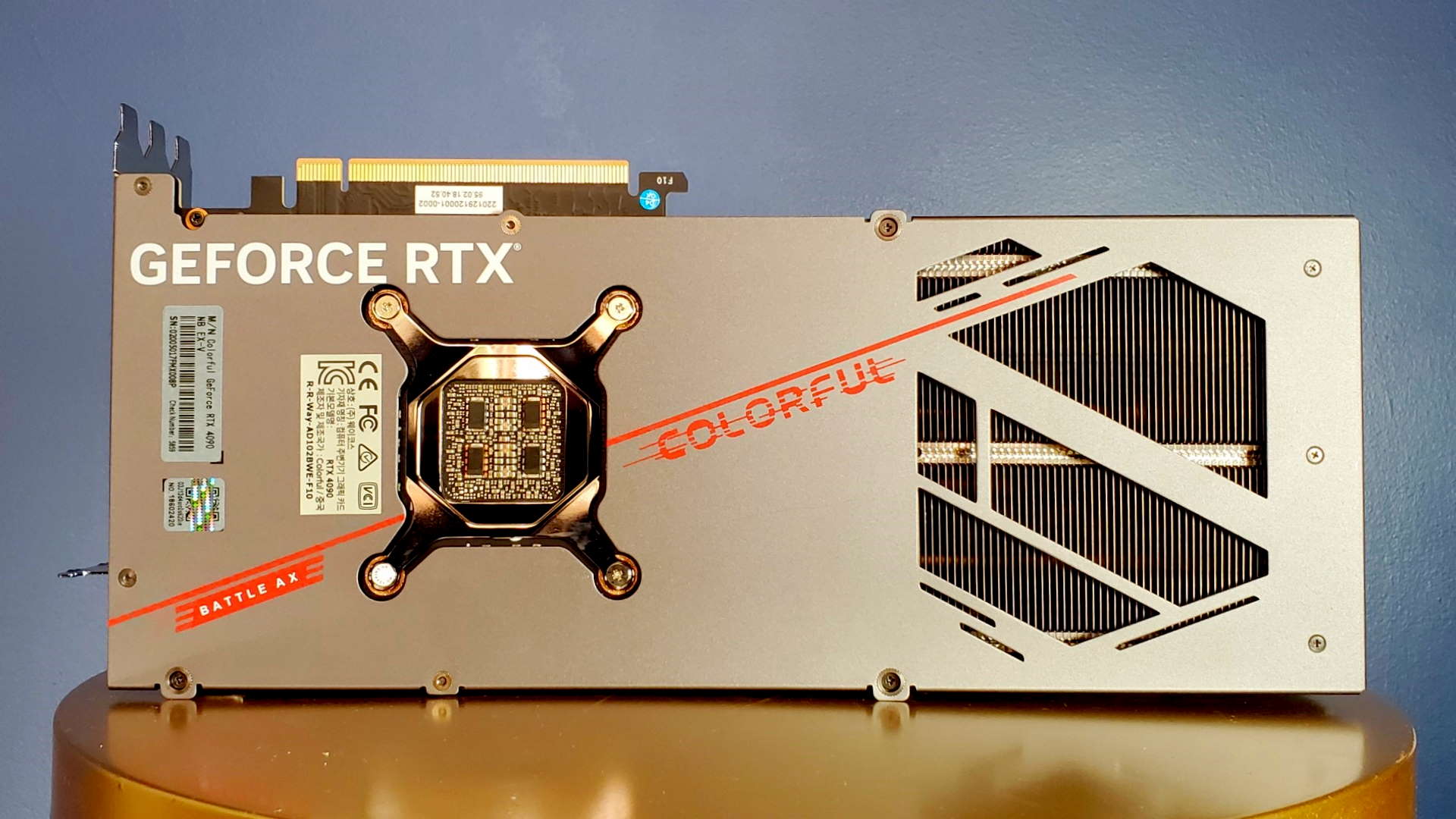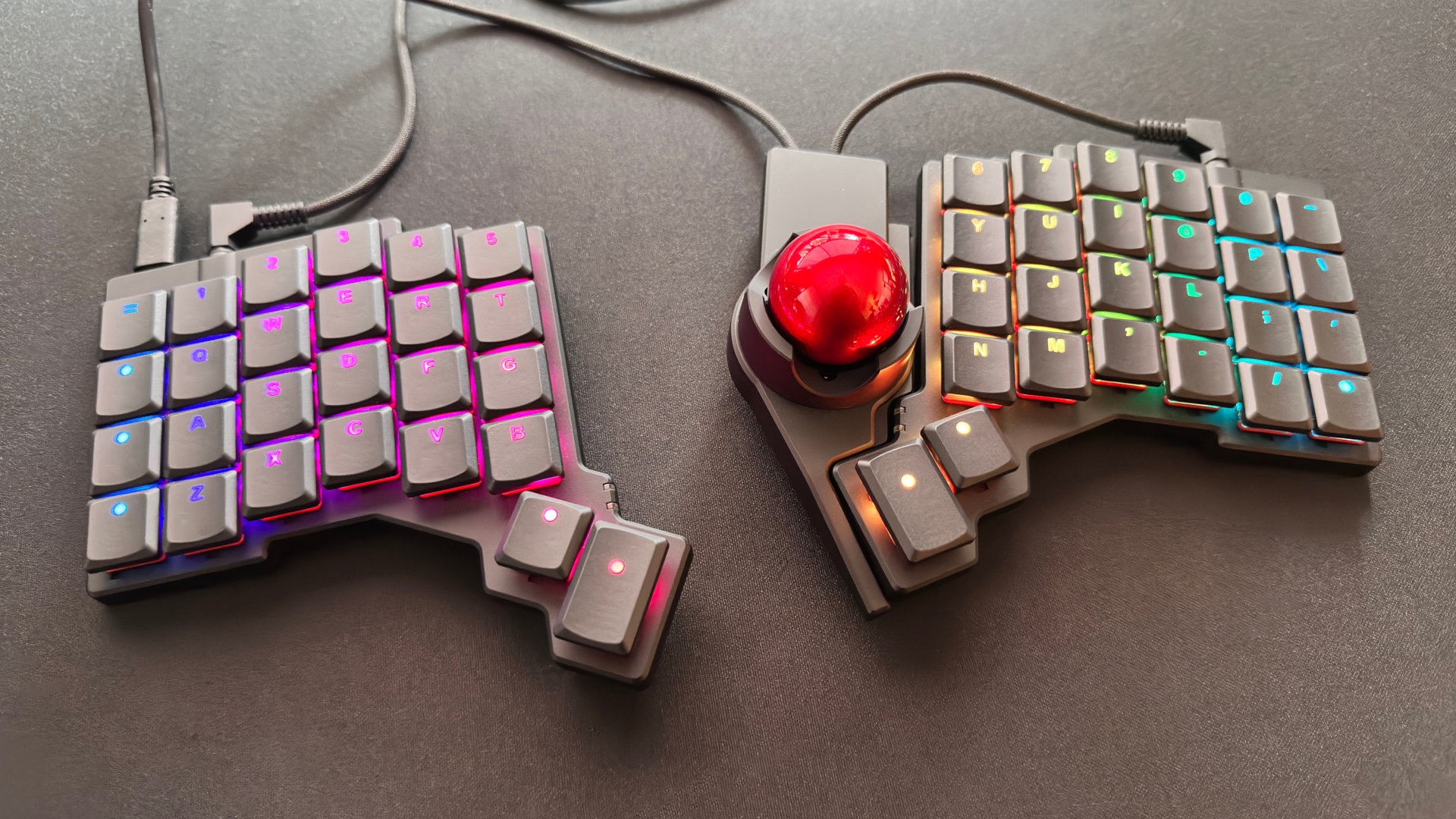Our Verdict
Our first taste of the RTX 4090 outside of Nvidia's Founders Edition trim doesn't set my heart racing, but it's only fractionally slower. That means it still delivers a vast performance leap over the best Ampere GPUs and can bring the might of DLSS with Frame Generation to bear on any game that supports it. You wouldn't be disappointed with Colorful's card in your rig, but I'd still recommend grabbing the likely-scarce Founders card if at all possible.
For
- It's an RTX 4090
- DLSS 3 with Frame Generation 😍
Against
- Super chonk
- Slightly slower than Nvidia's Founders card
- Ultra-enthusiast pricing still stings
PC Gamer's got your back
The Colorful RTX 4090 NB EV-X is the first third-party RTX 4090 graphics card we've had in the test rig, and honestly, I was surprised it's even bigger than the humongous Founders Edition that has already impressed me. The surprise only lasted until the MSI RTX 4090 Suprim X landed with an audible thud in the PC Gamer office, however, because that's even bigger still.
There's a reason third-party versions of the first Ada Lovelace generation GPU are seemingly all shipping with graphics card supports. Try mounting this thing vertically in your chassis without one and you're looking at a potent recipe for bending, or even shearing the PCI Express slot clean off your motherboard.
The Colorful RTX 4090, however, is a $1,600 mostly reference-clocked card as opposed to the actually overclocked MSI, so you can forgive it being a little smaller. You only need to go to a 3.5-slot design if you're really pushing the power, right? It can't quite decide what to call this card, though. The retail box says 'Battle Ax' the product page says RTX 4090 NB EX-V, but then also references a Battle Axe cooling array. That's axe. With an 'e'. Fun, eh?
But there is still a tremendous, tangible sense of value when picking up this chonk boi of a graphics card. The amount of aluminium in that heatsink array, poking out from beneath the triple fan shroud, points to the latent power inside this thing.
And it's a pretty restrained design from Colorful, and actually not that colourful. You can, of course, change the RGB logo on top of it via the iGame software, but that's about it. The last Colorful card we checked out was its RTX 3080 iGame Advanced OC, which was a little over the top, to say the least. Not just in the angular RGB-lit shroud, but also in its push for aggressively overclocking the GPU at its heart which made it rather flaky at launch.
The RTX 4090 Battle Ax, however, is solid, square, and so far as reliable as the Nvidia Founders Edition.
GPU: Nvidia AD102
Lithography: TSMC 4N
CUDA Cores: 16,384
Boost clock: 2,565MHz
Memory: 24GB GDDR6X
Memory speed: 21Gbps
TDP: 480W
Dimensions: 327 x 151.2 x 67.1mm (over 3 slot)
Price: $1,599.99
When I said it was mostly reference-clocked that's because its boost clock is 2,565MHz as opposed to the 2,520MHz of the Founders Edition card. Now, I know some manufacturers would still call that 'overclocked' so kudos to Colorful for not spouting that line in any of its marketing around the card.
Keep up to date with the most important stories and the best deals, as picked by the PC Gamer team.
Though I'm not going to let the 'menacing luxury' line pass without comment when it talks about that 'diamond cutting design' in the product description. When it comes to luxury, the last thing I want it to be is menacing. It's up there with advertising your restaurant as offering 'caustic gastronomy'.

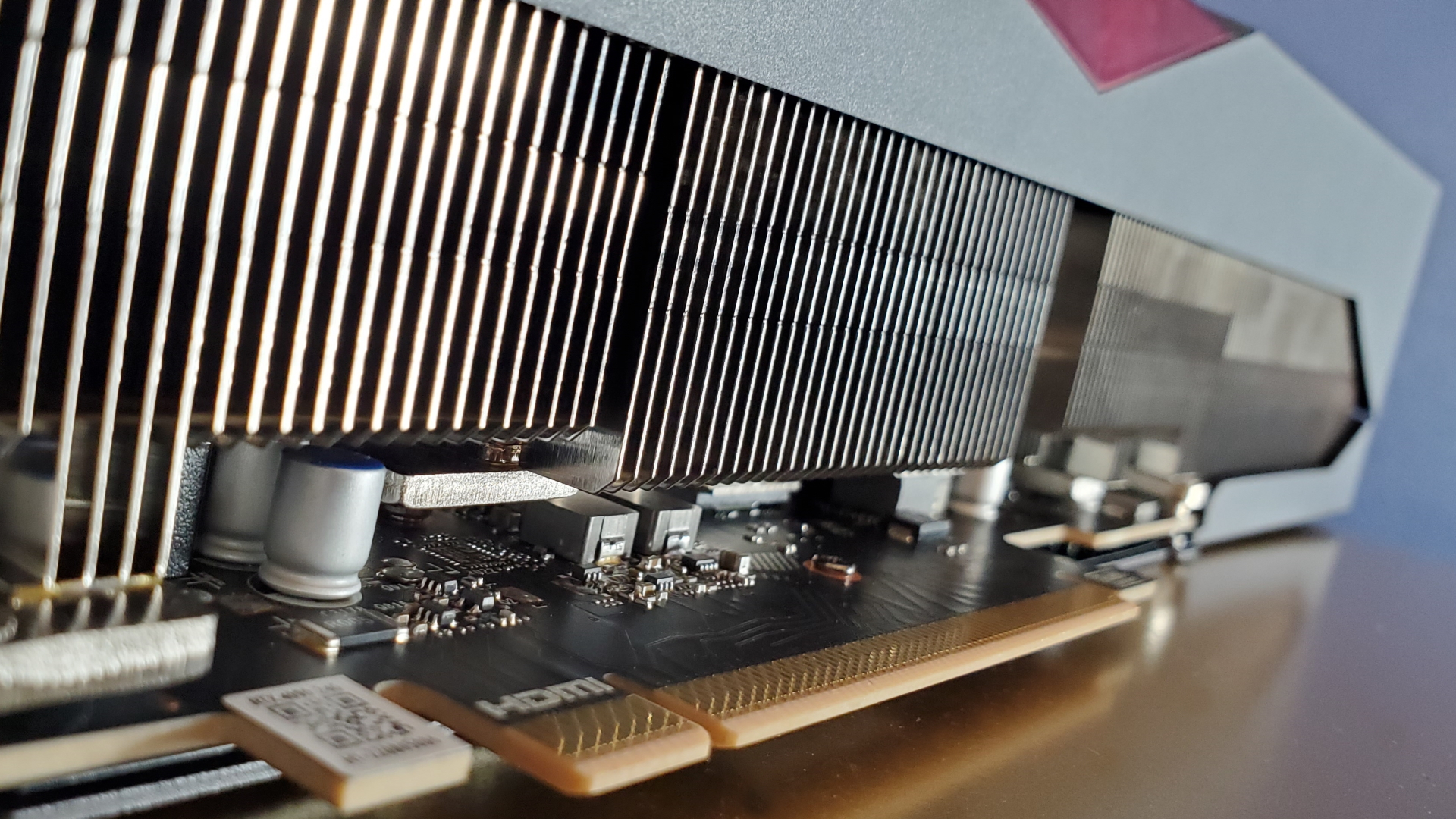
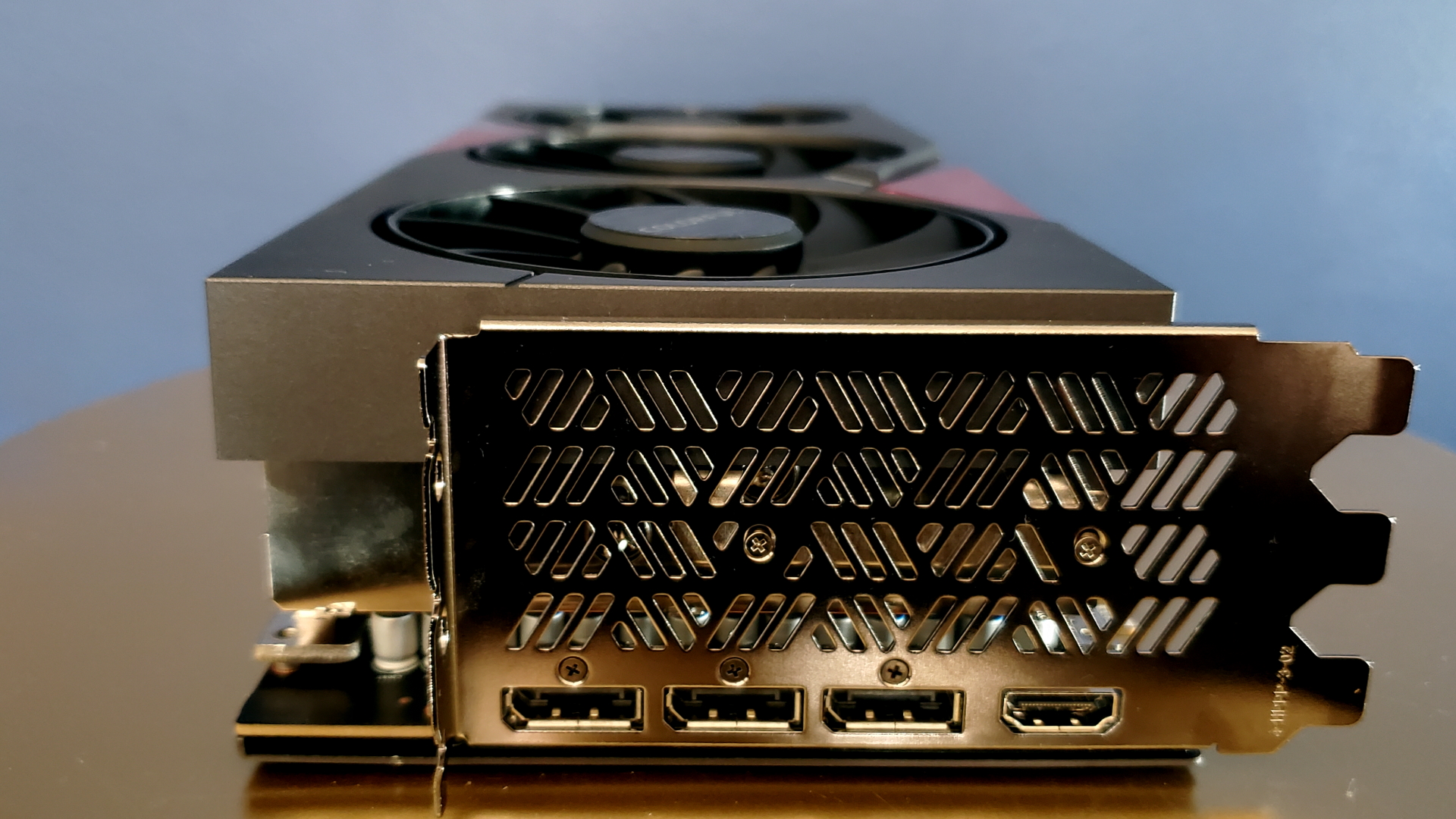
That aside, the AD102 GPU gets the same treatment as that in the RTX 4090 Founders Edition, that is to say a phenomenal number of CUDA Cores, all the 3rd Gen RT Cores and 4th Gen Tensor Cores, extra cache, and 24GB of GDDR6X memory to call its own.
So yeah, still an absolute monster of a graphics card. If you want to get to grips with the new tech I've already gone into depth with the Ada Lovelace architecture in the FE review.
The power side of things is where it looks a little different, however. Colorful, like other manufacturers, is recommending 1000W power supplies for the RTX 4090 (though MSI still says an 850W PSU is the minimum requirement), and it's also referring to the TGP as 480W, not 450W as with Nvidia's own card.
Again, the 480W figure is what MSI is suggesting for its RTX 4090 Suprim in overclocked 'Gaming Mode'.
Synthetic performance



All those specs would have you expecting the Colorful card to surpass the RTX 4090 Founders Edition in the benchmarking stakes. But you'd be wrong. And maybe that's down to the actual design of Nvidia's own board. Nvidia's engineers crafted the AD102 to deal with a huge amount of power going through its 4N transistors, to the point that it's able to hit an average 2,716MHz in our testing.
And part of that is going to be down to the 20 phase power design of its PCB, delivering a steady flow of clean energy to the GPU. This Colorful board, however, is sporting a 14+3 power phase design, which might explain why we're only seeing an average 2,577MHz in the test rig.
4K gaming performance
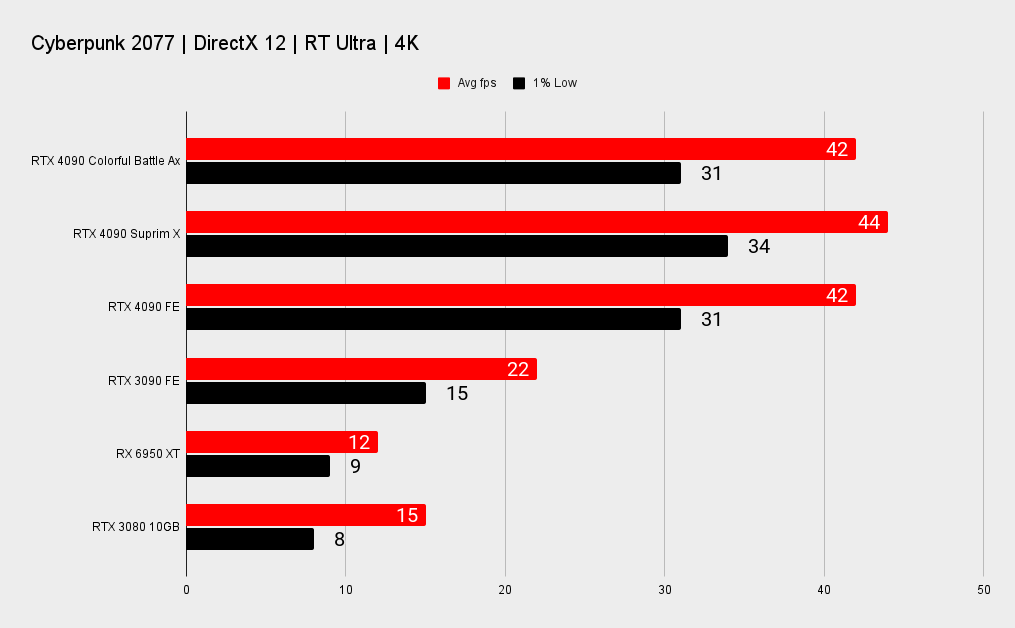
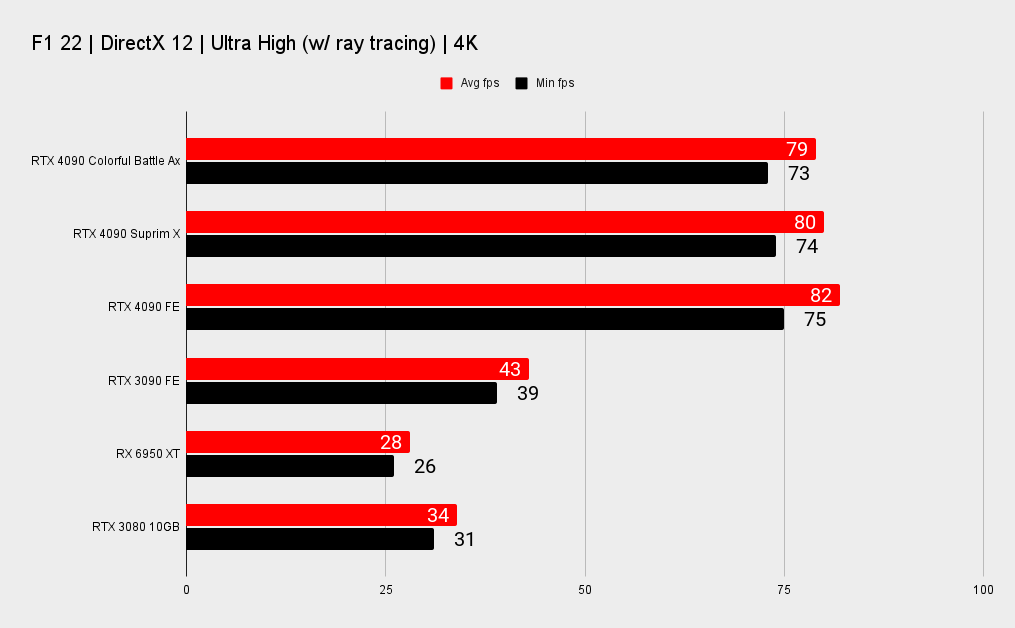
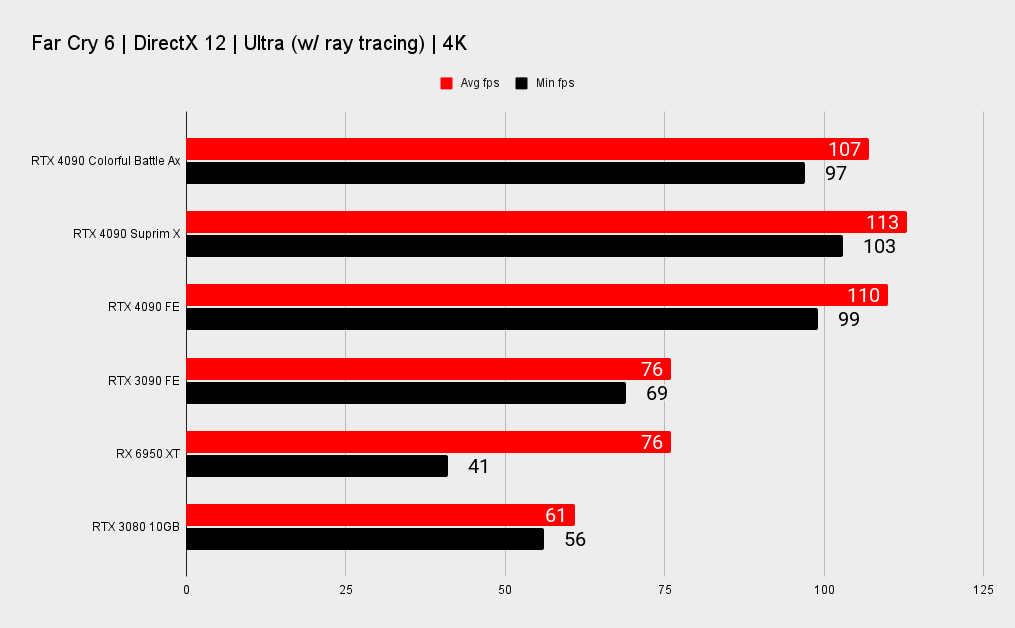
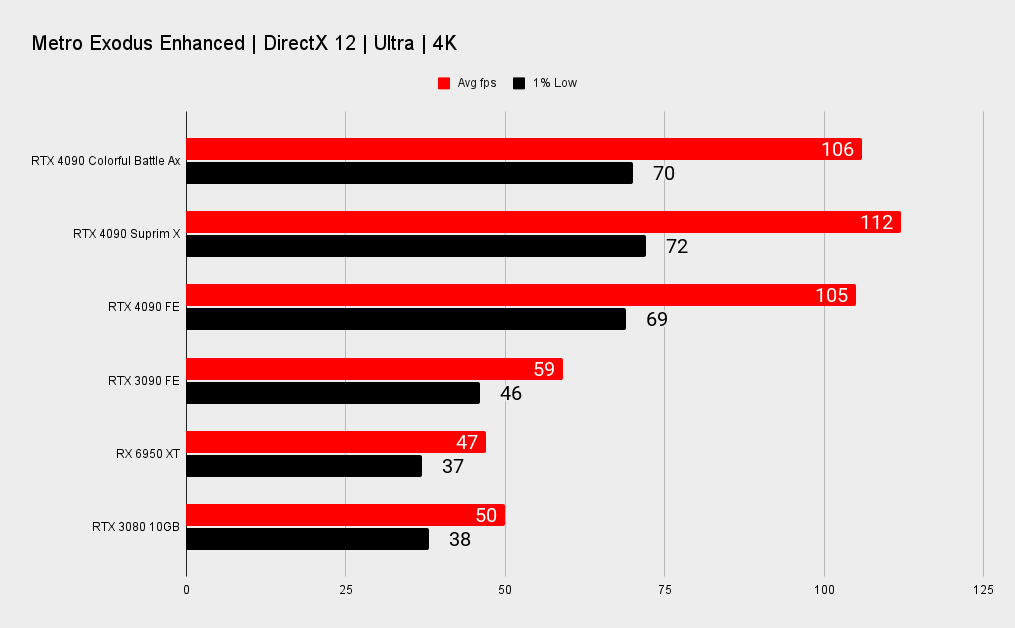
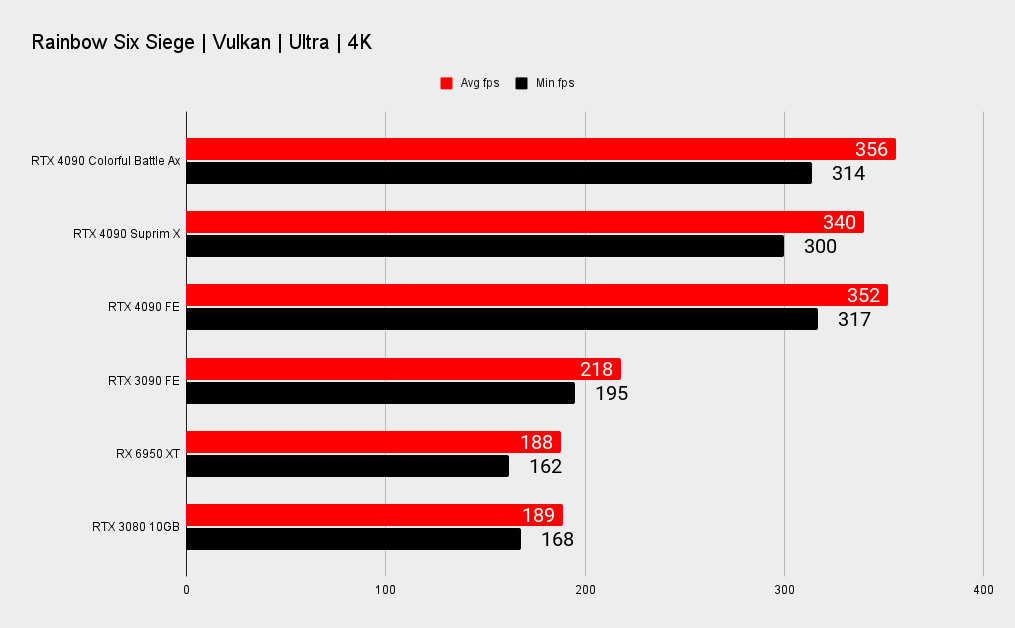

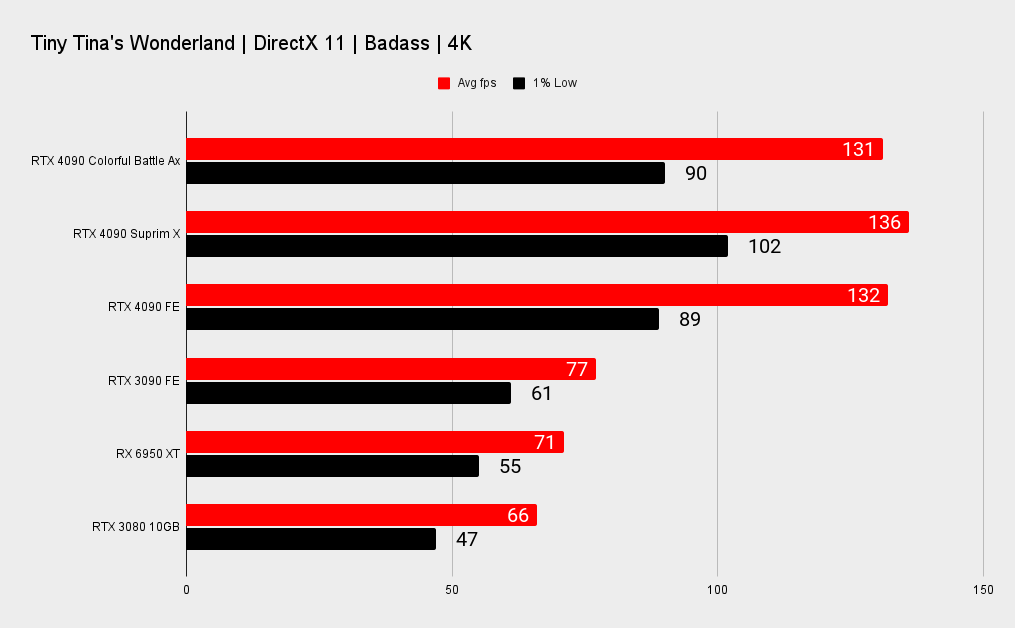

I was still able to overclock the chip to run at a steady 2,865MHz by upping the power limits and manually adjusting the clock speed in the iGame software, but that took a little work. Though it shows the power design is still enough to get a lot of performance out of the Colorful card. I am still a bit sad I couldn't easily hit 3GHz, but I've yet to properly try my hand at seriously overclocking the RTX 4090.
This lower clock speed is indicative of lower performance across the board for the Colorful RTX 4090. But only by a fractional amount, and it is still monumentally faster than the RTX 3090 that came before it.
Power and thermals


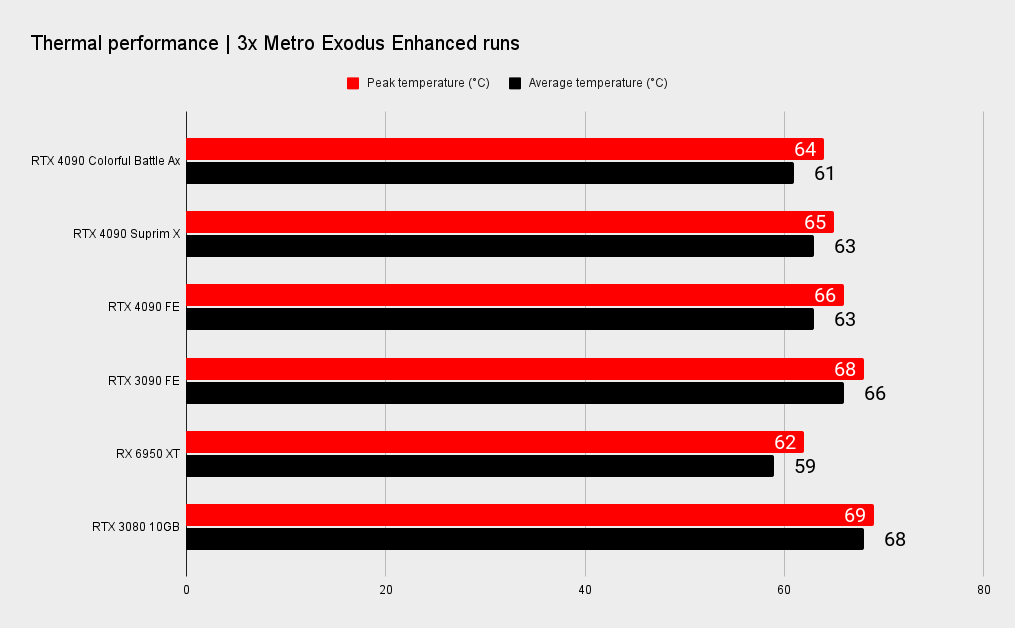
CPU: Intel Core i9 12900K
Motherboard: Asus ROG Z690 Maximus Hero
Cooler: Corsair H100i RGB
RAM: 32GB G.Skill Trident Z5 RGB DDR5-5600
Storage: 1TB WD Black SN850, 4TB Sabrent Rocket 4Q
PSU: Seasonic Prime TX 1600W
OS: Windows 11 22H2
Chassis: DimasTech Mini V2
Monitor: Dough Spectrum ES07D03
The power and thermal demands of a third-party card will always be an important part of any decision on which RTX 4090 to buy. But it's all rather level when it comes to those metrics between the Founders Edition and the two AIB cards we've tested so far. The Colorful is the coolest-running, though also the slowest, which means its power draw is also low by comparison.
It's worth noting that the MSI card in the benchmarks above is running at almost the same speed as the Founders version, sometimes offering higher performance, but actually seems a bit cuter in terms of what it demands on the power side.
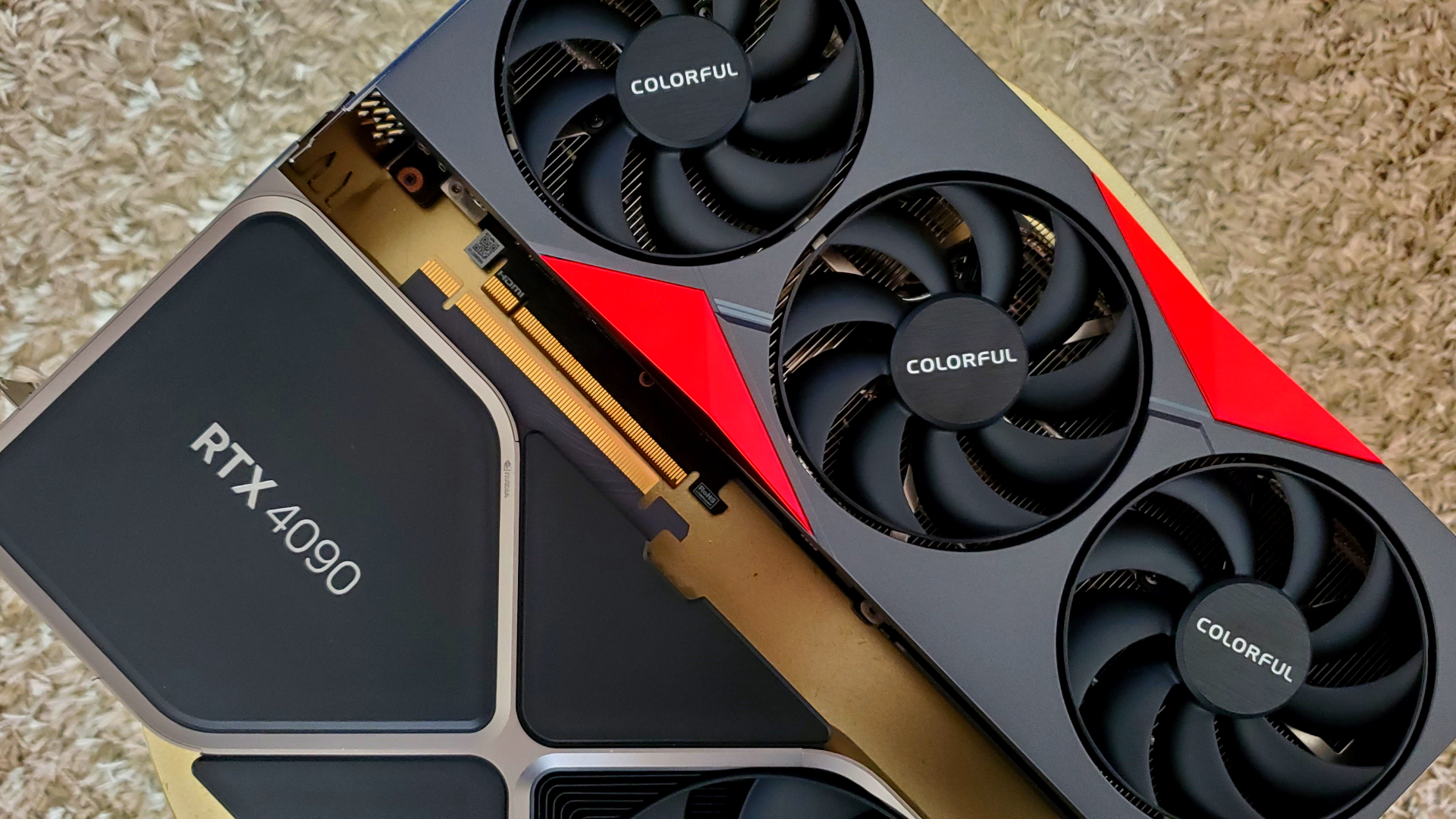


All those raw benchmark numbers aside, the Colorful RTX 4090 is still a perfect vehicle for the majesty that is DLSS 3 with Frame Generation. That is one of the stand out features of the Ada GPUs, and could be the thing that saves the RTX 4080s from looking so much weaker by comparison. Frame Generation is some incredible AI-based wizardry, and makes even CPU-limited games, such as MS Flight Sim, absolutely—pardon the pun—fly.
And it looks great doing it. I'd go so far to say that DLSS 3 with Frame Generation, at 4K even on the Performance setting, looks markedly better than running the games we've tested at 4K native.
So, the Colorful RTX 4090 Battle Ax is still essentially an RTX 4090, and that means it's a mighty powerful graphics card. But Nvidia has engineered another incredible Founders Edition version, which stands apart from the partner cards, and means that if you have a choice that is the one to buy. It will always be $1,600 and I'd always take that over any third-party version, overclocked, water-cooled, or whatever.
Our first taste of the RTX 4090 outside of Nvidia's Founders Edition trim doesn't set my heart racing, but it's only fractionally slower. That means it still delivers a vast performance leap over the best Ampere GPUs and can bring the might of DLSS with Frame Generation to bear on any game that supports it. You wouldn't be disappointed with Colorful's card in your rig, but I'd still recommend grabbing the likely-scarce Founders card if at all possible.

Dave has been gaming since the days of Zaxxon and Lady Bug on the Colecovision, and code books for the Commodore Vic 20 (Death Race 2000!). He built his first gaming PC at the tender age of 16, and finally finished bug-fixing the Cyrix-based system around a year later. When he dropped it out of the window. He first started writing for Official PlayStation Magazine and Xbox World many decades ago, then moved onto PC Format full-time, then PC Gamer, TechRadar, and T3 among others. Now he's back, writing about the nightmarish graphics card market, CPUs with more cores than sense, gaming laptops hotter than the sun, and SSDs more capacious than a Cybertruck.
